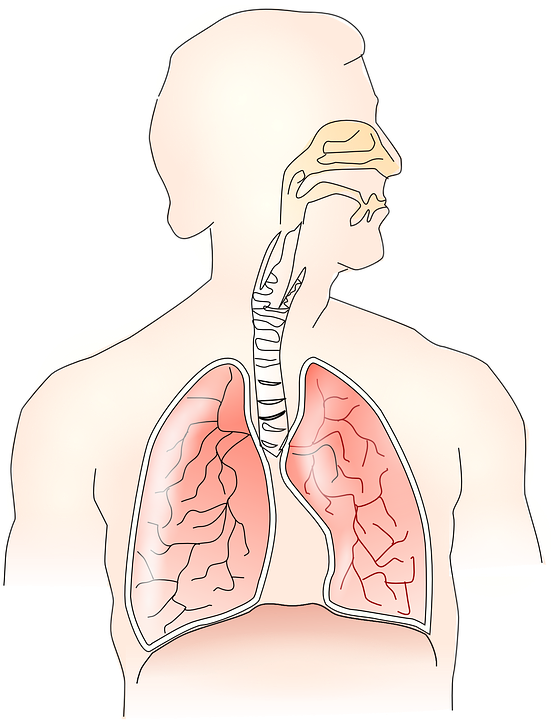
14 Jan Measuring Blood Flow to the Diaphragm
Take a breath – an otherwise involuntary action and therefore done without conscious thought. The diaphragm plays an integral role in breathing, being the major muscle enabling inspiration. At rest, no musculature is involved during expiration.
A recent study published in Chest sought to investigate blood flow to the diaphragm and quantify this through the non-invasive technique of ultrasound. This research has potential clinical importance to patients requiring mechanical ventilation and understanding the timelines and why many long-term patients are unsuccessful in weaning off such aid. To date, measuring blood flow to the diaphragm utilising contemporary methods are performed on animal studies due to its invasive nature.
Maximal inspiratory pressure (MIP) is a technique used in pulmonary function testing to assess how much pressure a patient can create during an inhale and in practice, should be a physically exhausting measurement to obtain. Jordan Bird and colleagues utilised the MIP technique to place their subjects’ diaphragm under controlled load – assessing unloaded, 10%, 18% and 25% of MIP. Resultantly, a linear relationship was found between load and blood flow to the working muscle and that it is reproducible across different testing days.
With the publication of this interesting literature, it highlights the importance of expanding our clinical testing to maximise patient outcome. Being able to easily scan a patient’s diaphragm via non-invasive ultrasound to measure blood flow could be a step closer to better clinical management and overall patient outcome.
References:
Bird, J. et al., (2024). Quantifying diaphragm blood flow with contrast-enhanced ultrasound in humans. Chest 2024; 166(4):821-834.

